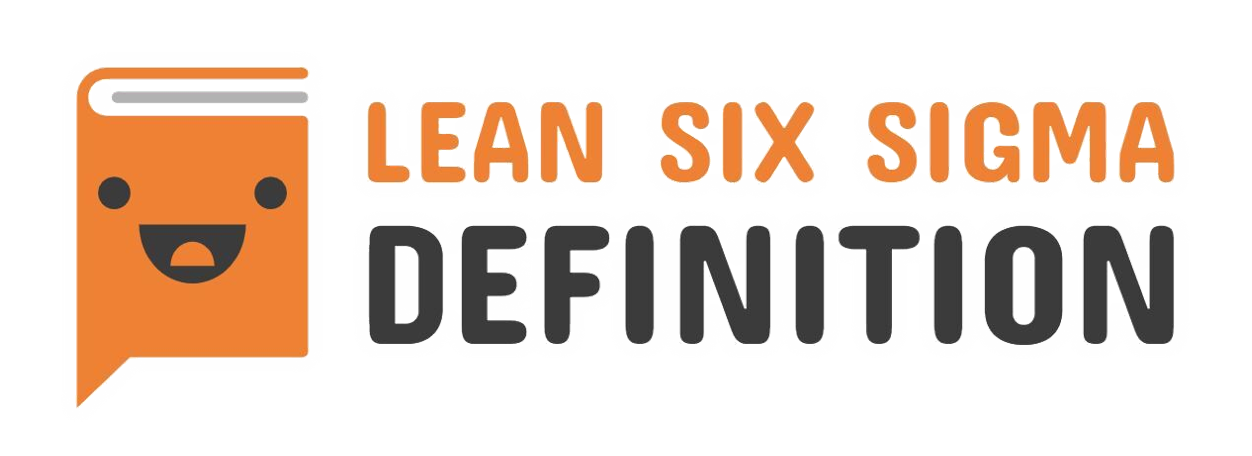Value Stream Map

Also known as the acronym VSM. It is a type of process map that helps organizations see the entire workflow from customer demand to fulfillment across all their organizations at a high level.
Despite it’s popularity, it is not used within Toyota very often. It was developed for use with suppliers and during consulting efforts outside of Toyota. It originally was called the Material and Information Flow Diagram (MIFD) or Material and Information Flow Analysis, not VSM.
The purpose is to get everyone in the organization aligned with the customer experience, so they can see how that process can be improved to reduce time or improve quality. It highlights sub optimization occurring within departments, which delay customer deliveries of their request. Often, teams can only see their individual department performance, and don’t understand how they fit into the bigger value stream that represents the customer experience.

Example provided from http://www.leansimulations.org/2011/09/value-stream-map-examples.html
There are 3 types of value stream maps.
- Current
- Ideal
- Future
A current state map describes the high level steps to make product or provide a service from customer order or request, until delivery back to the customer. It reflects what’s actually happening today, not what should or could happen. It’s important to really understand the current state before trying to create ideal or future state maps.
The ideal state map describes the perfect world if there were no barriers or inhibitors in the process (the perfect process). Read more about Ideal State criteria.
A future state map describes the high level steps to create the product or service. It is the map that should represent 6-12 months into the future, as you strive towards the ideal state.
The order is to create the current state, then ideal state, then future state. If you skip ideal state, the team often sets a future state that is not as aggressive or transformational. Future state value stream maps provide a vision for where the product or service is headed in the future, which guides all investment and decision making.
There are 4 main sections to a VSM:
- Information Flow
- Material Flow
- Data Boxes
- Timeline
These help describe how the process is performing today, and where the problems reside.
Finally, action items are generated by the cross-functional team to implement the future state, which primarily consists of a series of rapid kaizen events.
The future state map is a road map for the organization to help prioritize which areas need improvement the most (related to bottlenecks in the system), and which areas will not be worth the investment in improvement at this time. For example, if you speed up a non-bottleneck process by removing waste, it will only generate more work for the bottleneck process, which will make your problem even worse.
Videos
Watch a full VSM workshop below provided by BPI…
Books
- Learning to See: Value Stream Mapping to Add Value and Eliminate MUDA
- Value Stream Mapping: How to Visualize Work and Align Leadership for Organizational Transformation
Additional Resources
- Value Stream Mapping (VSM Analysis)– creativesafetysupply.com
- Value Stream Mapping 101– lean-news.com
- Value Stream Mapping– blog.creativesafetysupply.com
- Creating the Right Value Stream Mapping Team– kaizen-news.com
- Value Streams– blog.5stoday.com
- Visual Mapping Strategies, A Mess of Options– 5snews.com
- Kaizen Events or Daily Kaizen – What to choose?– hiplogic.com
- More HazCom Updates on the Horizon?– creativesafetypublishing.com
- What is Lean manufacturing?– iecieeechallenge.org

